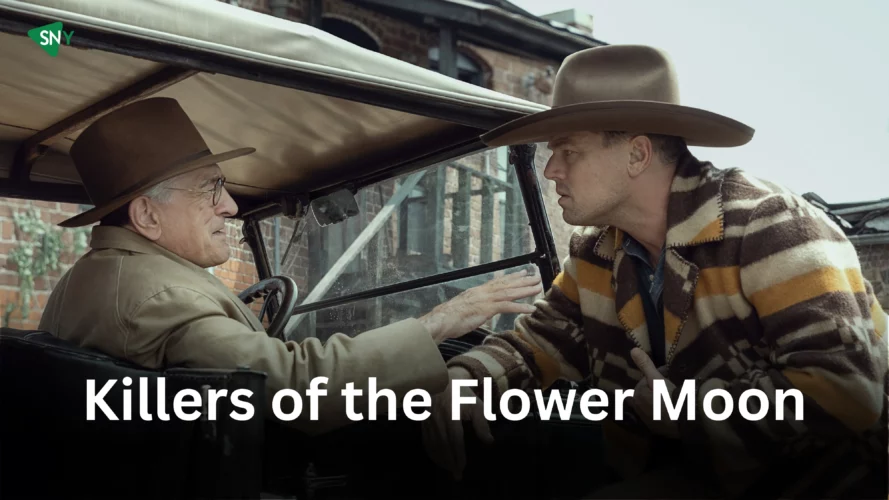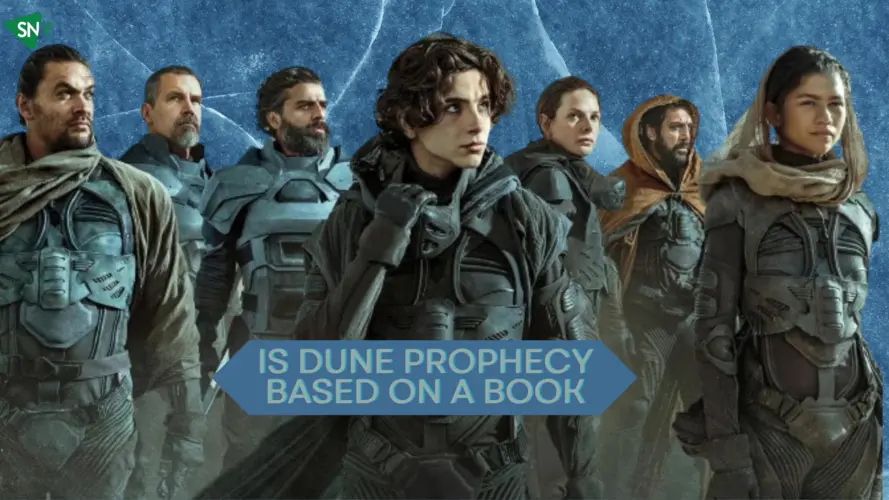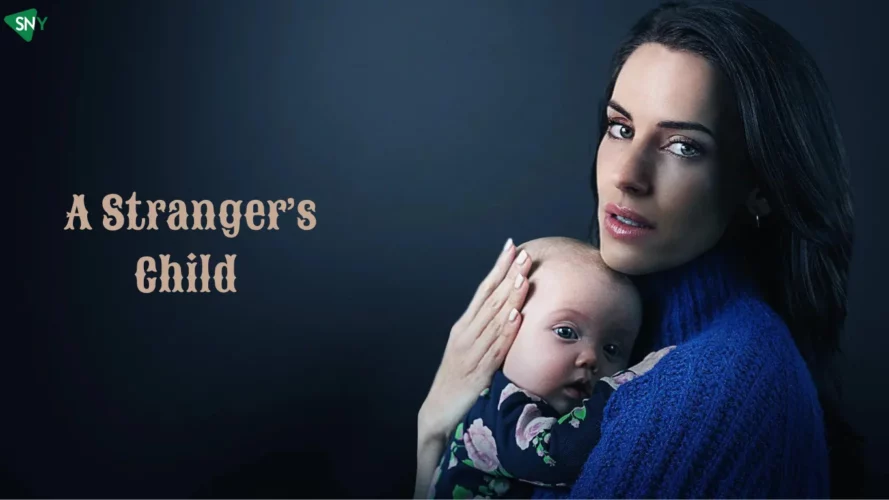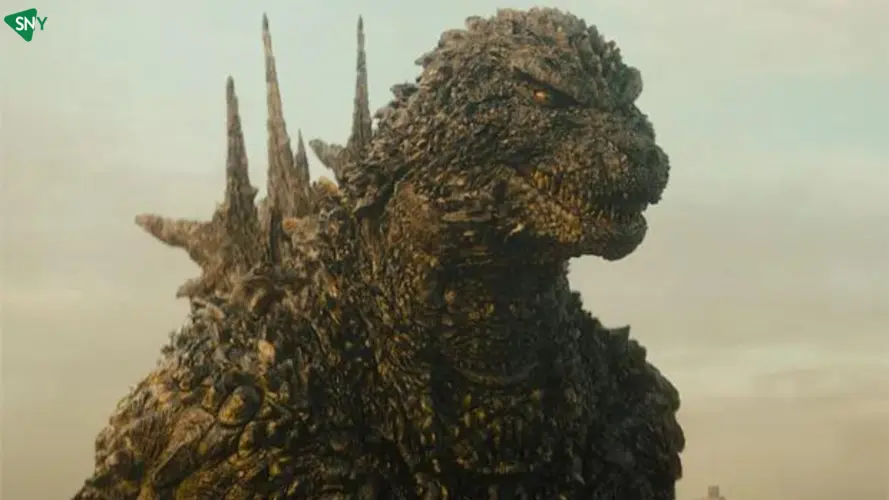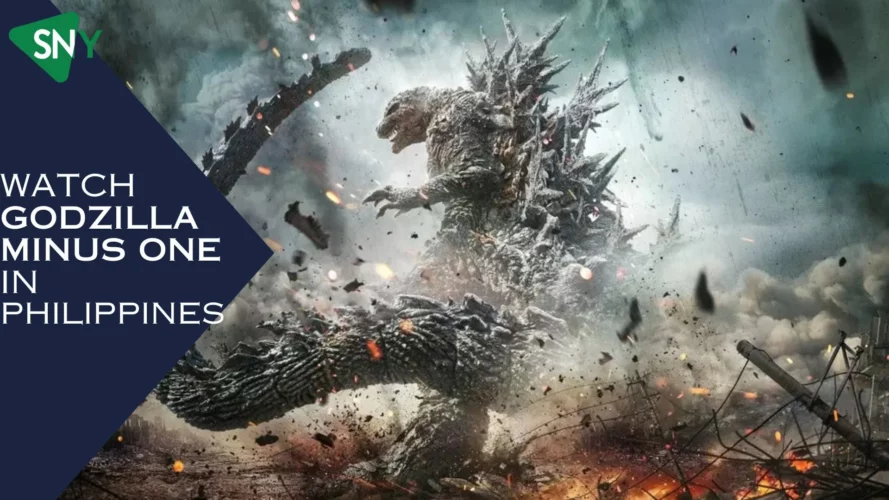Killers of the Flower Moon, directed by Martin Scorsese, stands out among historical dramas for its significant deviations from its source material, David Grann’s 2017 book. The film, starring Leonardo DiCaprio, Lily Gladstone, and Robert De Niro, tells the harrowing story of the Osage murders in 1920s Oklahoma. Here, we delve into the key differences between the book and the film.
Mollie Burkhart’s Enhanced Role in the Film Killers of the Flower Moon
One notable change in Killers of the Flower Moon is the amplified role of Mollie Burkhart, portrayed by Lily Gladstone. Unlike the book, the film shifts its narrative focus more significantly toward Mollie’s character, offering a deeper exploration of her experiences. This choice aligns with Scorsese’s intent to authentically represent the Osage people’s story. The film emphasizes Mollie’s struggles, making her personal journey a central aspect of the narrative.
William Hale’s Early Revealed Villainy
In a striking departure from the book, Killers of the Flower Moon introduces Robert De Niro’s character, William Hale, as an overt antagonist from the beginning. The film abandons the element of surprise regarding Hale’s culpability in the murders, opting instead to expose his evil intentions early on. This approach adds a layer of tension, with viewers witnessing Hale’s manipulation and plotting, heightening the sense of dread and horror.
Suggested Reading: Killers of the Flower Moon: The True Story Behind Martin Scorsese’s Latest Epic
The Film’s Focus Beyond the FBI Investigation
Contrary to the book’s focus on the FBI’s investigation into the Osage murders, Killers of the Flower Moon extends its narrative to encompass the broader context of corruption and injustice. This reorientation of the story sheds light on the systemic issues and the deeper, more complex realities of the tragedy, moving beyond the mere solving of a mystery.
Martin Scorsese’s Personal Touch in the Film Killers of the Flower Moon
In a unique and bold move, Scorsese himself makes an appearance in the movie, underscoring the film’s message. This direct involvement of the director serves to remind audiences of the ongoing relevance and impact of the Osage murders, connecting past atrocities to present-day narratives and responsibilities.
Suggested Reading: The Boarding School Murders
Conclusion
The Movie is available for streaming on Apple TV+ in the U.S. and presents a distinct and thought-provoking adaptation of Grann’s book. Its shifts in character focus, narrative perspective, and directorial involvement offer a fresh and impactful exploration of a tragic chapter in American history.
